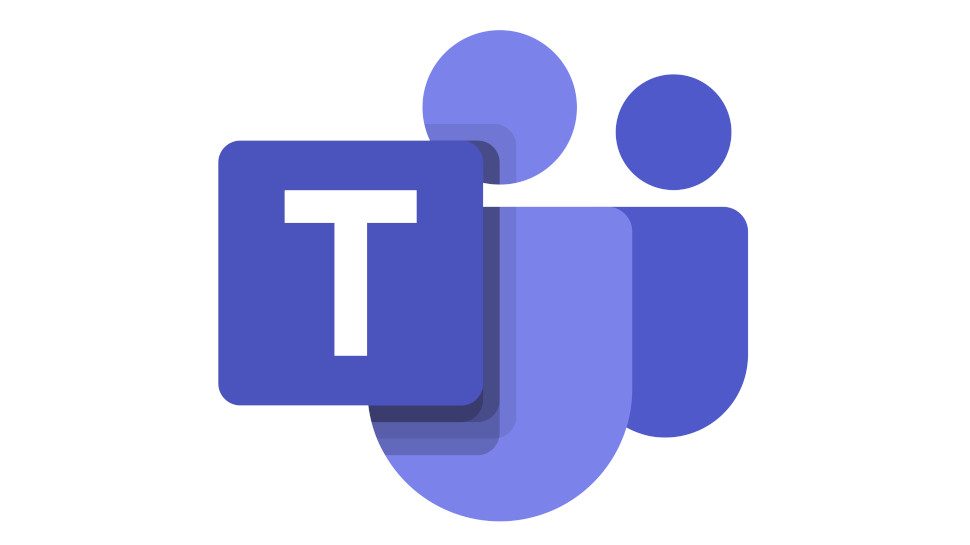Microsoft scores a bizarre own goal with latest Teams update
Quoted replies, but only in some chats

Microsoft is preparing to roll out an update for collaboration platform Teams that should make it easier to respond to specific messages. However, some will ask whether the update goes far enough.
Already built into the Microsoft Teams mobile clients, the quoted reply feature is now available in preview on desktop, allowing users to embed original messages in their responses.
“It is a great way to add context and clarity with who you are conversing with, whether it is a recent message or from earlier in the conversation,” Microsoft explained in a blog post.
- Check out our list of the best productivity tools out there
- We've built a list of the best project management software around
- Here's our list of the best office software available
To utilize the new functionality, Teams users running the latest preview build can simply right-click a message and select “Reply”. And the feature should roll out to regular users in the near future.
Inexplicably, however, quoted replies functionality in Teams applies to one-on-one, group and meeting chats only and so cannot be used in group channels.
A missed opportunity
In the context of the wider messaging and collaboration market, Microsoft is already late to the party; rival services such as Slack have long offered the ability to nest messages in responses.
Now, the company appears to have squandered an obvious opportunity to close the gap, by limiting its quoted replies feature to a smaller selection of scenarios.
Sign up to the TechRadar Pro newsletter to get all the top news, opinion, features and guidance your business needs to succeed!
In practice, a feature of this kind is most valuable in a group chat context. The amount of traffic (especially in more populous channels) means messages are easily buried and are more likely to go without a response, which is particularly problematic for remote-first teams.
The comments section of the Microsoft blog post suggests the Teams community shares this view; the entries with the largest number of upvotes almost all raise questions about the application of the feature in channels.
TechRadar Pro has contacted Microsoft to find out whether users can expect the new functionality to be extended to channels any time soon.
- Here's our list of the best video conferencing services around

Joel Khalili is the News and Features Editor at TechRadar Pro, covering cybersecurity, data privacy, cloud, AI, blockchain, internet infrastructure, 5G, data storage and computing. He's responsible for curating our news content, as well as commissioning and producing features on the technologies that are transforming the way the world does business.